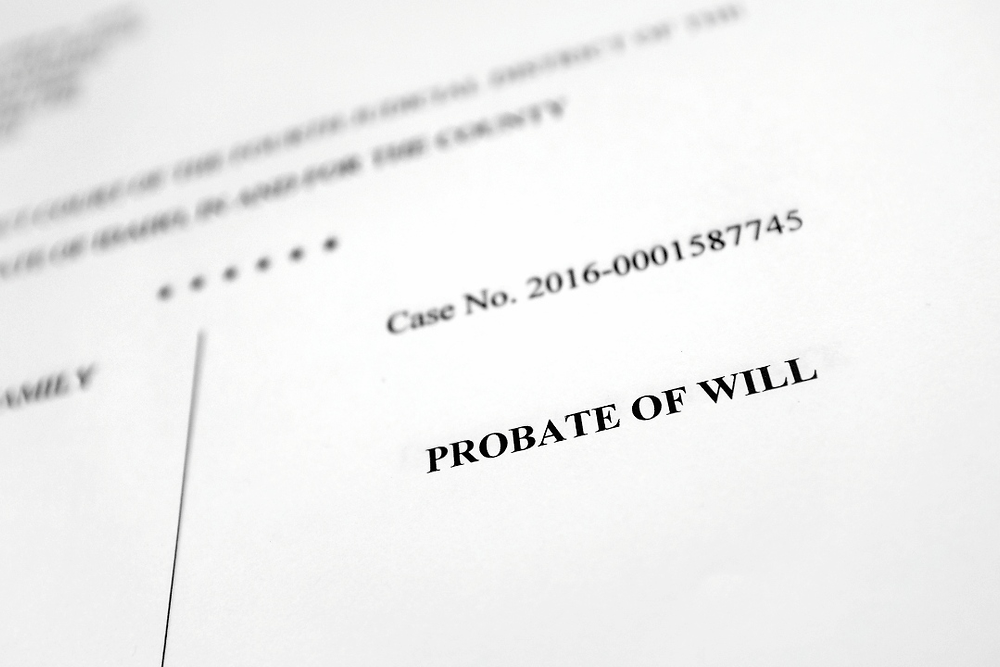Probate can feel overwhelming, especially if you have just lost a loved one and are going through the legal process for the first time. At Ocampo Wiseman Law, we are here to simplify it. This guide walks you through the Nevada probate process in clear, manageable steps. From filing the will with the court to administering the estate, you will understand what to expect at each stage. Whether you are named as the executor or unsure where to begin, knowing the process can help protect your loved one’s legacy and reduce the risk of legal setbacks.
Step 1: How to Lodge the Will with the Court
The first step is locating and lodging the original will with the court. The will outlines the deceased’s wishes for asset distribution. It's important to submit the original "wet ink" signature will, as a copy will not hold the same legal weight.
If the original will cannot be found but a copy is available, the process of “proving it up” begins. This involves gathering affidavits from witnesses present during the signing to confirm the authenticity of the signature.
In addition to the will, a death certificate is required to open probate. While obtaining a death certificate can take 2-3 weeks in straightforward cases, suspicious circumstances like murder or suicide may cause delays.
Step 2: How to Open Probate with the Required Documents
If the death certificate is delayed, a coroner's letter may suffice to open probate.
Once the necessary documents are obtained, a petition must be filed with the court to officially open probate.
Step 3: How to Petition the Court to Appoint an Administrator
After lodging the will, the next step is petitioning the court to appoint an administrator. If the will names an executor, that person can serve as the administrator.
However, if no executor is named, or if there is no will, the court will appoint an administrator to manage the estate.
No actions regarding the deceased's assets can be taken until the administrator is officially appointed, ensuring the legal process is followed.
Step 4: Wait for the Court's Decision
Once the petition is submitted, the court typically takes about five weeks right now to schedule a hearing.
In some cases, a stipulated petition may reduce the waiting time to as little as two weeks.
Step 5: Receiving the Letters of Administration
After the court appoints an administrator, it issues letters of administration.
These letters grant the administrator the legal authority to manage the estate, including selling property or accessing bank accounts.
Step 6: How to Manage the Estate After Receiving Letters of Administration
With the letters of administration, the administrator can now fulfill their duties.
These duties include managing and distributing the deceased’s assets, selling property, and settling any debts or taxes.
Conclusion: Probate is Needed for Assets
Navigating the probate process can feel overwhelming, especially for those handling it for the first time.
By understanding each step, from lodging the will with the court to managing the estate after receiving letters of administration, you can confidently approach the process.
Although probate is needed for assets after death, and this process can be complex, following the proper legal steps ensures that the deceased’s wishes are honored and their assets are distributed fairly.
If you're involved in the probate process and unsure of your next steps, seeking professional guidance can make all the difference.
Contact us today for a free 15-minute complimentary consultation and ensure you’re fully prepared to manage the estate efficiently and legally.





